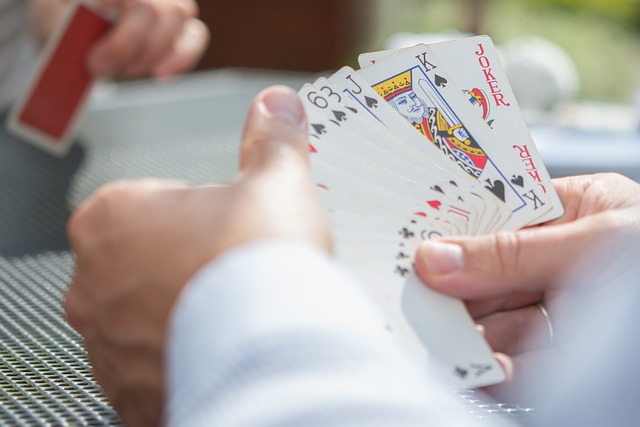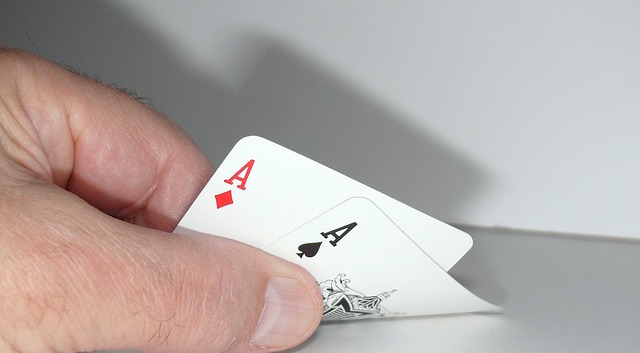Baccarat is a card game that has been around for centuries and has always been a favorite among gamblers as it is a dynamic and entertaining game. In addition to knowing how to play baccarat, here are three variants of the game: Punto y Banca, Chemin de Fer and Baccarat en Banque.
If you like to play online casino, don’t miss the opportunity to learn now, in a didactic and simplified way, how these variants work so that you can have fun at Bodog. Without further delay, let’s get down to business!
Punto y Banca
Considered the most classic baccarat game, the main objective of Punto Banca is to bet on which hand (Punto or Banker) will have a point sum closer to 9.
Take into account the following information that you must know before continuing: “Point” is the player and “Banca” is the dealer, that is, who deals the cards.
Card Values in Baccarat
In baccarat, the cards have specific values:
- The cards numbered from 2 to 9 have their face value;
- On 10, the J (jack), the Q (queen) and the K (king) are worth zero;
- The ace is worth 1 point.
How the Punto y Banca game works
At the beginning of the game, bettors must choose if they are going to bet on the Point, Banker or Tie. Once chosen, two cards are dealt to the Punto (player) and two cards to the Banker (dealer). Points are counted when the cards are opened, and of the total value, only the digit to the right is considered.
Let’s see an example: if the Point receives card 8 and card 6, then the sum will be 14, but only 4 will be considered. So, the sum of the cards equals 4 points.
If the sum of the two cards is equal to 8 or 9, it is called a “natural hand” and the game is over. If there is no natural hand, additional cards are dealt.
Distribution of additional cards
The additional card is not dealt to the Point if the sum is 6 or 7. For any lesser value, the third card is dealt. For the Dealer, the third card rule is a little different.
If the Dealer has a total of 5 points and the third card of the Point is 0, 1, 2, 3, 8 or 9, they will not receive the third card. Once the cards are added, the values of the Punto and Banker’s hands are compared and whoever has 9, or the closest, is the winner.
Payments to winners
Players who place a bet on the Point and win will receive a 1:1 payout. Players who place a bet on the Banker and win will receive a 1:1 payout, less the casino commission, which is typically 5%. Players who bet on the Tie and win will receive a higher payout of 9:1.
Chemin de Fer

Now that you know how the most classic baccarat game, Punto y Banca, works, let’s take a look at a variation of it, called Chemin de Fer, where players can compete against each other, with more in-game interaction. Don’t forget the rules seen above, because they apply here too.
How the Chemin de Fer game works
In the Chemin de Fer variant, all players can act as the banker (unlike in Punto y Banca, where only the dealer plays this role). Before the cards are dealt, each player decides whether he bets on the banker’s hand, the player’s hand, or a tie. After this, the current banker deals two cards to each participant and two cards to himself.
The cards are turned over and added up. If there is no natural hand, each player, including the banker, can decide if he wants to receive a third card, based on the same Punto Banco rules. However, the current banker has an additional advantage: he can decide whether or not he wants the third card, depending on the players’ cards.
Payments to winners
If the player wins, each participant who bet on him will receive a 1:1 payout, with the winning paid out being taken from the banker’s initial bet. In this case, the next player in the counterclockwise direction will act as the banker and the game will continue like this.
If the banker wins, he will cash out the bets placed and remain the banker in the next round. If the round ends in a tie, another round will be played with the same places and the same bets.
Baccarat at Bank
In this other variant of baccarat, the role of the banker is auctioned off and the player who is willing to pay the most gets the job, without ever being the casino dealer. At the beginning of the game, the players define their bets and, unlike other baccarat variants, in this game the player’s bets collectively represent the single bet of the players against the banker.
In this game, the players challenge the bank, each paying half the amount of the banker’s bet, not to exceed the amount bet by the bank. Each group can lose up to three times in the banker challenge. The cards are dealt and counted, as in Punto y Banca, which represents the basic rules of the game.
Payments to winners

The group of winning players receives a payout of 1:1 on the amount of the bet placed. The banker keeps the bets of the losing players. If the value of the winning bets exceeds the amount that the banker has available, he can leave the game, but before that, the bets must be paid to the extent possible, in the order in which they were placed.
If the banker does not wish to retire, he can buy-in to raise the necessary amount and undertake that all winning bets will be honored during the period that he (the banker) remains in that position. If there is a tie, another round will be played with the same roles and stakes.
Baccarat variants for all tastes
In this article you learned that Punto y Banca is the most traditional and popular version of baccarat, and that all other variants are derived from it, using the same rules of initial card dealing, additional card dealing, ranks and sum of cards.
The Chemin de Fer version is suitable for bettors who like to play strategically, as they can make decisions on the additional card. The Baccarat en Banque version, although less common, is ideal for punters who like to play collectively and bet higher, thus earning higher profits. Do not waste time and put into practice everything you have learned here. Fun is assured!
